As is well known, fumigation is not only crucial for agricultural cargo but has recently become increasingly important for other types of shipments as well. The United States, in particular, has implemented strict regulations and established stringent rules on this matter. Many general cargo shipments and especially various crated or palletized container loads have been rejected and forced to leave the country due to pest contamination.
To address this, major U.S. ports have established specialized units and designated areas where high-risk cargo is thoroughly inspected. If pests are detected in any shipment, the cargo must be immediately fumigated by authorized local companies in these designated areas before entering the country. However, this fumigation is not performed to allow the cargo into the U.S. Instead, it is required to prevent the spread of unwanted pests within the country until the cargo is sent back out. Once fumigated, these shipments are outright rejected and swiftly re-exported out of the U.S.
The responsible party for the cargo can decide on the destination for the rejected shipment—either returning it to its country of origin or rerouting it to a closer location, such as Mexico, if returning it to a distant country like Turkey is impractical. Additionally, ships arriving at U.S. ports may be required to prioritize loading these contaminated goods for re-export. If the same cargo is to be sent back to the U.S. at a later date, it must undergo a specialized fumigation process in another country and be re-certified before re-entry.
The High Cost of Non-Compliance
As can be seen, when cargo faces such issues, the financial burden can be enormous. Another challenge arises when multiple shipments from different companies are loaded onto the same vessel, either as general cargo or on flat racks (FR). If pests are detected in a single shipment, authorities may question the effectiveness of fumigation performed in the origin country, leading to delays and rejections for other cargo on the same vessel.
Importance of Proper Fumigation Procedures
While there are fumigation companies that strictly adhere to regulations, some firms either lack proper knowledge of the procedures or, worse, intentionally cut corners for financial gain without fully complying with fumigation standards.
It is crucial to understand that fumigation is just one step in the broader pest eradication process. Effective pest control measures go beyond the fumigation treatment itself and involve additional compliance steps that must be meticulously followed to ensure cargo clearance.
In Turkey, as CIS Karkont, we implement and fully control the fumigation process according to the following procedures:
- Thorough inspection of the entire cargo, ensuring that all wooden materials used—such as crates, pallets, planks, wedges, etc.—have been treated in compliance with ISPM standards and bear the required official markings.
- Preparation of a designated storage area with a solid, crack-free concrete surface, which is then washed with pressurized saltwater.
- Washing all cargo components with a saltwater solution to remove contaminants, followed by drying and transferring them to the storage area.
- Grouping the cargo together and surrounding it with a salt barrier to create a protective boundary.
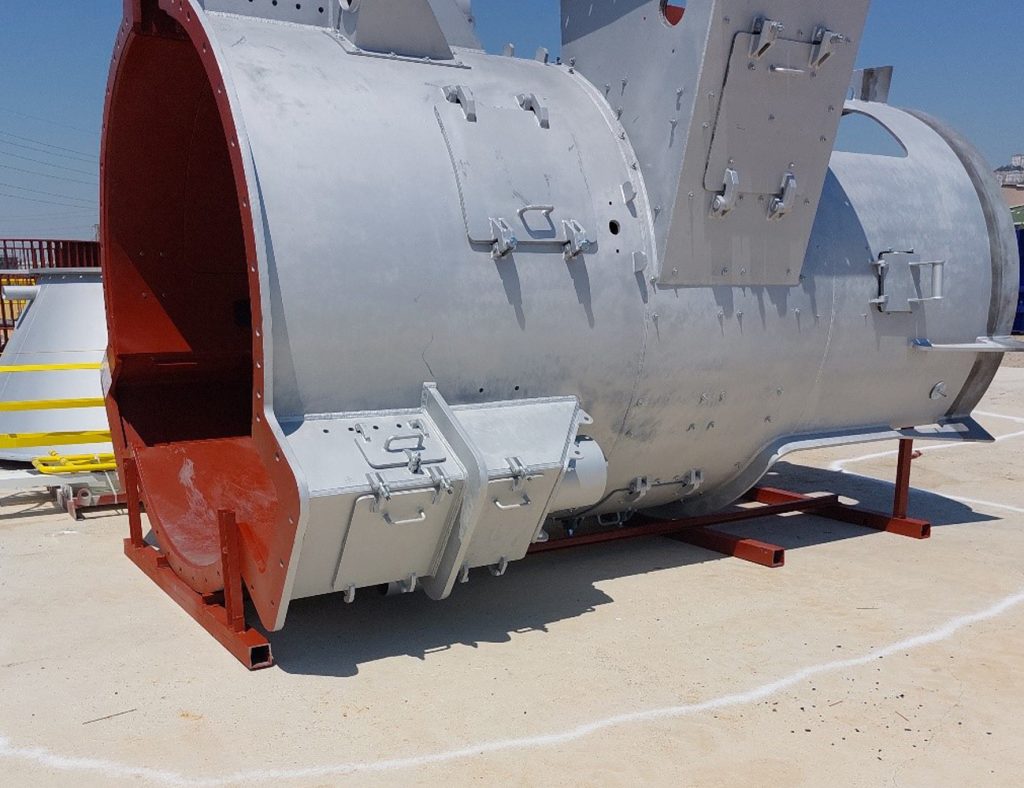
-
Installation of a piping system under the tent to allow the gas to be distributed from multiple points and measured afterward.
-
Application of protective material to the top corners of the cargo, followed by covering it with special UV-resistant plastic tents.
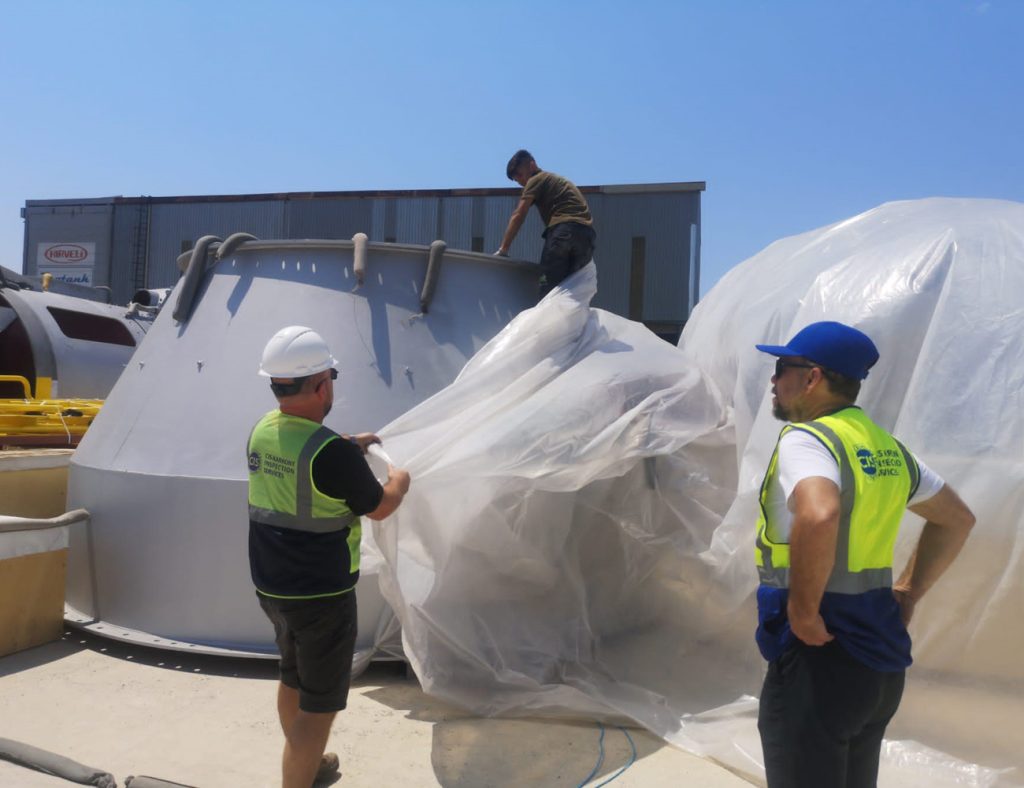
-
Placement of thermometers and special heaters inside the tent, which activate if the temperature drops, depending on the ambient temperature.
-
Installation of ventilators to ensure the gas does not accumulate in one area but is evenly distributed and circulated inside the tent.
-
Injection of Methyl Bromide gas under the tent at the dosage specified in the relevant standard, based on the air temperature.
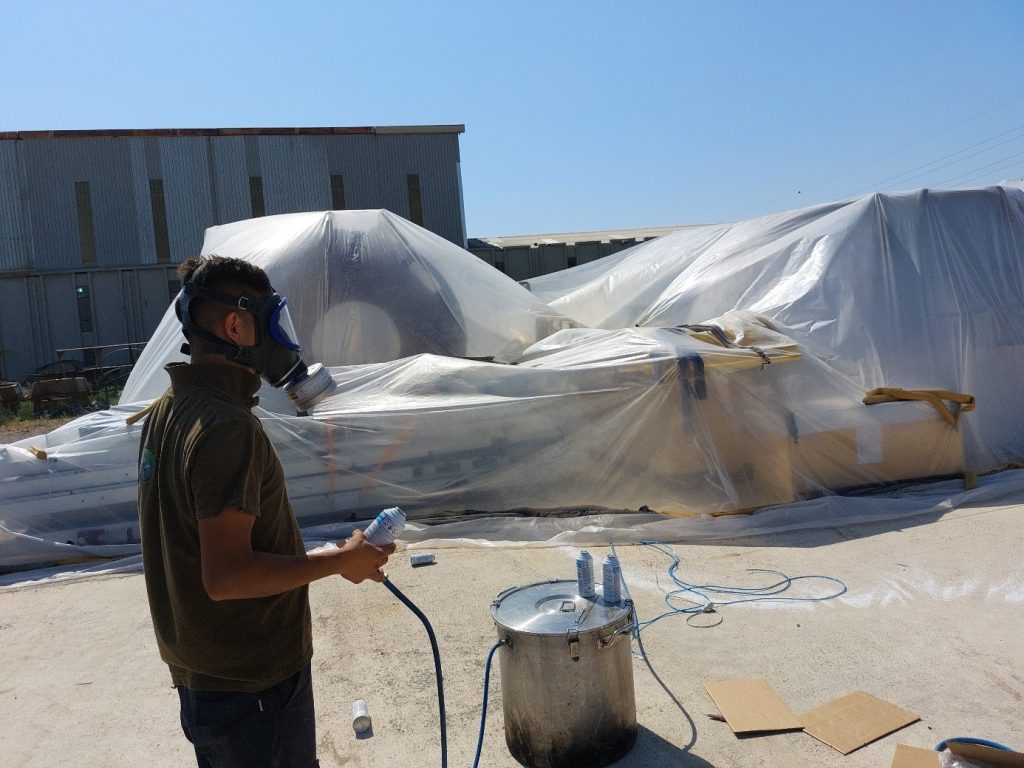
Measurement of gas levels using specialized devices at intervals specified in the standard, ranging from 0.5 hours to 72 hours, ensuring that the gas concentration remains at the required level throughout the process.
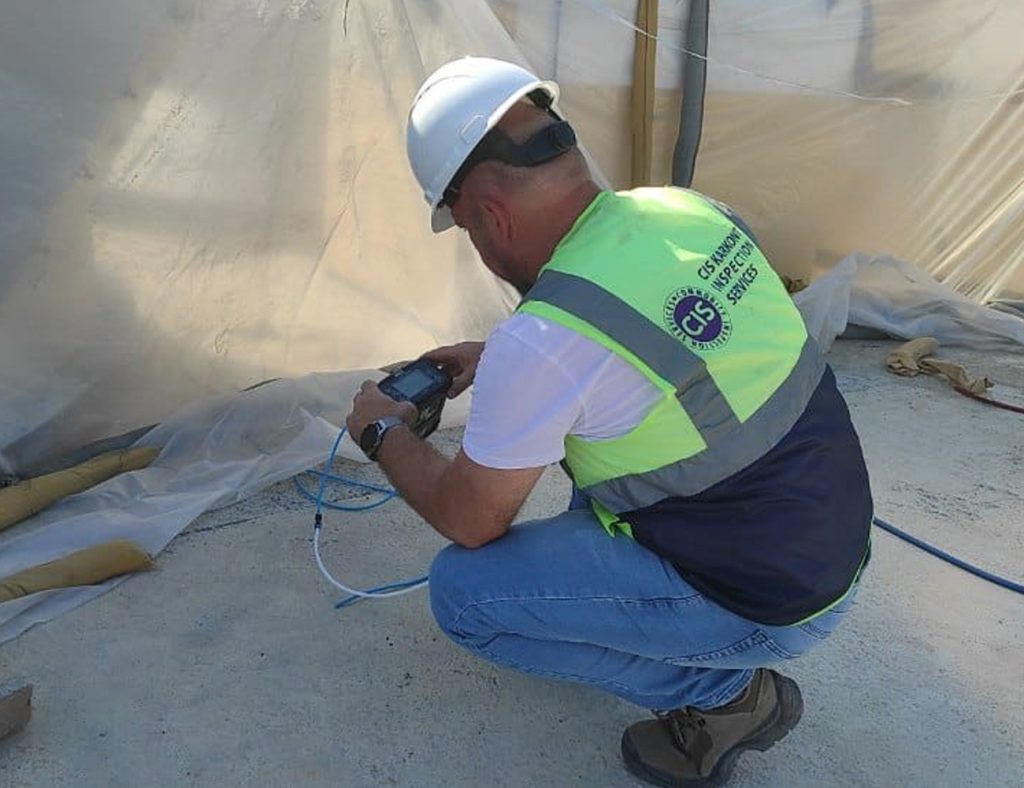
* A generator must be kept ready to ensure a continuous power supply in areas without electricity.
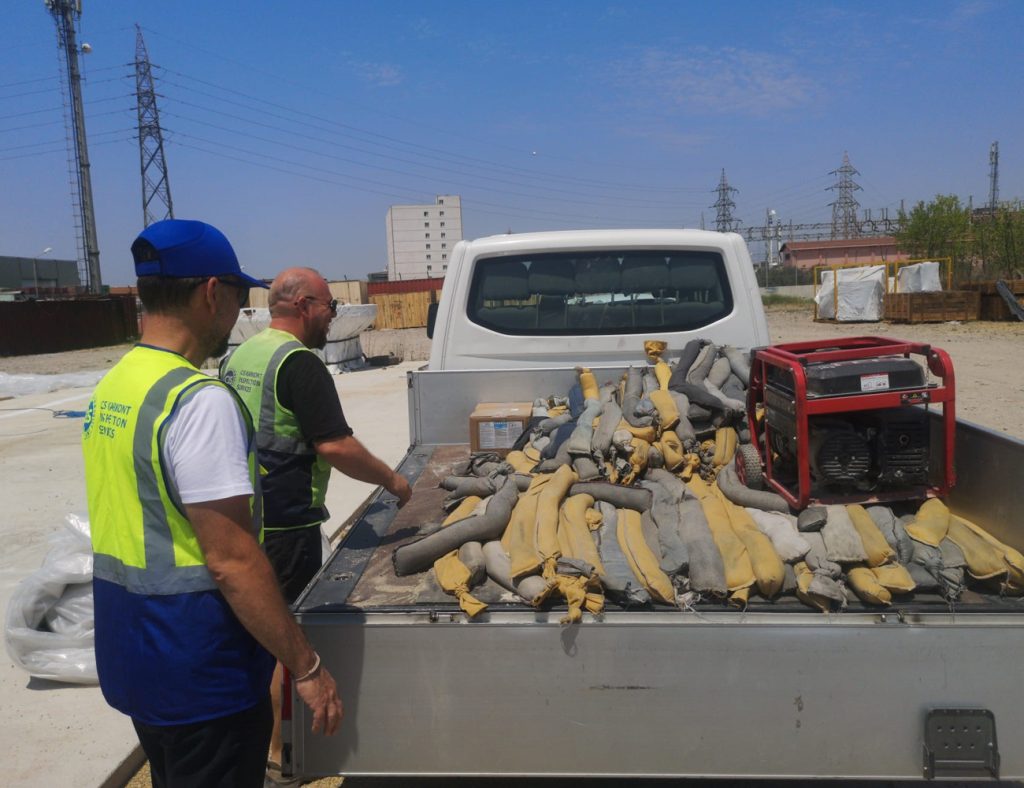
It is crucial that your shipments to the U.S. undergo proper pest removal and fumigation. In Turkey, CIS Karkont fully organizes and oversees every stage of the pest removal process, ensuring that your cargo meets all entry requirements. This process reduces the risk of cargo rejection at U.S. ports by 99.9% due to the presence of foreign contaminants such as snails, insects, soil, or plant residues.
Additionally, similar regulations apply to shipments to Canada, Australia, and other countries that enforce strict measures to prevent the entry of foreign pests.
For the organization, supervision, and proper certification of an effective pest removal process for your shipments, please contact us at operation@karkont.com.

